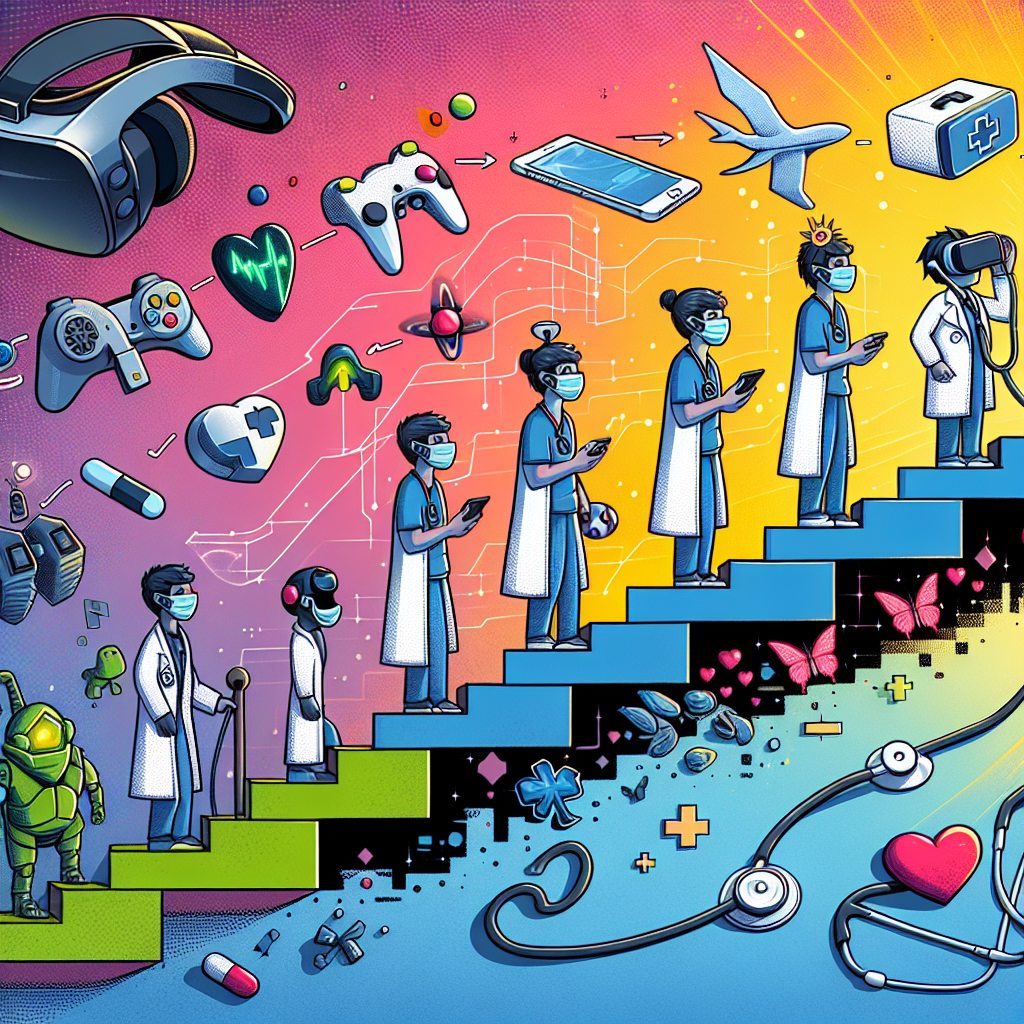
The Rise of Virtual Reality: From Gaming to Healthcare
It’s no secret that virtual reality (VR) technology has come a long way since its inception. What started as a niche gaming experience has now expanded into various fields, including healthcare. The rise of VR has not only revolutionized the way we play games, but it has also shown immense potential in healthcare, from therapy to medical training. In this article, we will explore the evolution of virtual reality, its applications in gaming, and its impact on healthcare. We will delve into the various ways VR is being used to improve patient care, medical training, and therapy. Let’s take a closer look at the rise of virtual reality and its transition from the gaming world to the healthcare industry.
Evolution of Virtual Reality
Virtual reality technology has made significant strides since its early days. What once seemed like a futuristic concept has now become a tangible reality, thanks to advancements in hardware and software. VR headsets have become more accessible and affordable, allowing a broader audience to experience immersive virtual environments. The evolution of VR has been fueled by innovations in display technology, motion tracking, and content development. As a result, VR has gone beyond gaming and entertainment to find meaningful applications in various industries, including healthcare.
Virtual Reality in Gaming
Gaming has been one of the primary drivers of VR technology. The immersive nature of VR has allowed gamers to step into new worlds and interact with their environments in ways never before possible. From high-octane action games to immersive storytelling experiences, VR has offered a new level of engagement and excitement for gamers. With the rise of VR gaming, developers have been able to create experiences that blur the lines between reality and virtual worlds, providing players with unprecedented levels of immersion and interactivity.
Virtual Reality in Healthcare
The potential of VR in healthcare is immense. From patient care to medical training, VR has proven to be a valuable tool in improving outcomes and experiences for both patients and healthcare professionals. In patient care, VR has been used to alleviate pain and anxiety, particularly in procedures such as wound care, physical therapy, and rehabilitation. VR environments have been shown to distract patients from pain and discomfort, ultimately improving their overall experience.
Moreover, VR has become an invaluable tool for medical training and education. Healthcare professionals can now simulate complex medical procedures in a safe and controlled virtual environment, allowing them to practice and refine their skills without putting patients at risk. VR simulations have also been used to train surgeons, familiarize medical students with anatomy, and improve overall patient safety. The use of VR in healthcare has the potential to improve patient outcomes, reduce medical errors, and enhance the overall quality of care.
Case Studies and Examples
Numerous case studies and examples highlight the success of virtual reality in healthcare. For instance, at Cedars-Sinai Medical Center in Los Angeles, researchers have been using VR technology to help patients manage pain and anxiety during wound care and physical therapy. The results have shown a significant reduction in reported pain levels and an increase in patient comfort. Similarly, surgical training programs have adopted VR simulations to provide surgeons with realistic, hands-on experience before performing procedures on actual patients. These examples underscore the potential of VR to transform the healthcare industry.
FAQs
How does virtual reality benefit healthcare?
Virtual reality offers several benefits to healthcare, including pain management for patients, improved medical training for professionals, and enhanced therapeutic interventions.
What are some challenges in adopting VR in healthcare?
Challenges in adopting VR in healthcare include cost, technological integration, and ensuring that VR applications comply with medical regulations and standards.
Can VR be used for patient therapy?
Yes, VR has been used to treat a range of conditions, from phobias and anxiety disorders to PTSD and chronic pain. VR therapy provides a safe and controlled environment for patients to confront and manage their symptoms.
Conclusion
The rise of virtual reality from gaming to healthcare represents a significant shift in how we approach technology and its applications. VR has transcended entertainment to become a valuable tool in improving patient care, medical training, and therapy. As the technology continues to evolve, its impact on healthcare is likely to grow, opening up new possibilities for enhancing patient outcomes and improving the overall quality of care. The potential of virtual reality in healthcare is truly endless, and it is exciting to see how this technology will continue to shape the future of healthcare.
As we look ahead to the future, it’s crucial to recognize the importance of embracing and leveraging the potential of virtual reality in healthcare. By doing so, we can ensure that patients receive the best possible care, and healthcare professionals have the necessary tools to excel in their practice. The rise of virtual reality in healthcare is only the beginning of a transformative journey that has the power to revolutionize the way we approach medical care and patient well-being.






